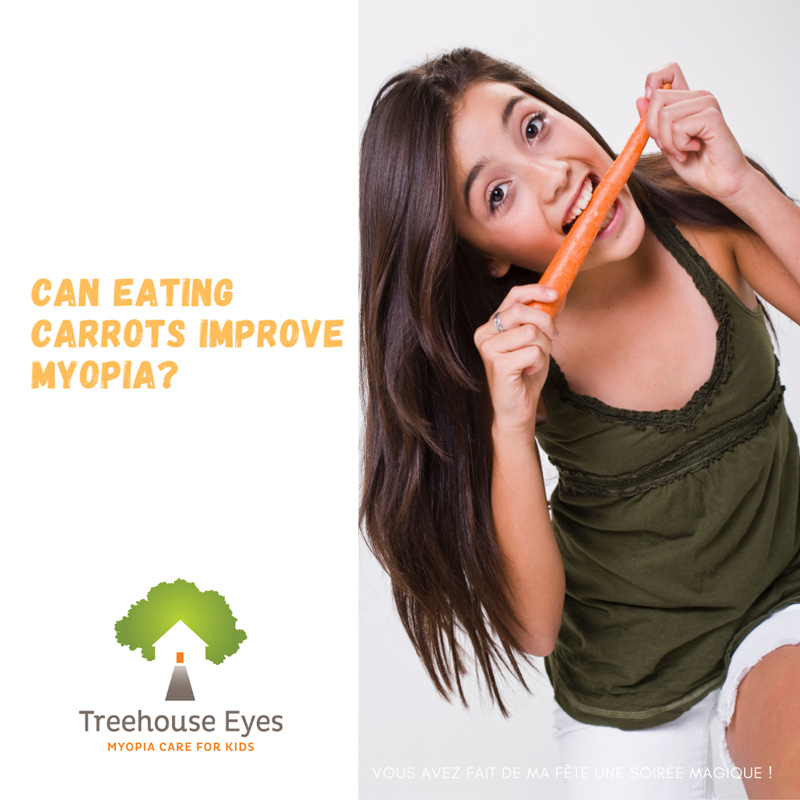
Dozens of parents bring their children into our practices every day for eye exams and other services, and many ask us questions about myopia. While instances and awareness of myopia are on the rise, to help spread myopia awareness we’ve written out the basics on childhood myopia, why it matters, and what you as a parent can do to help preserve your child’s eye health in the long run.
What is Myopia?
Myopia (often referred to as nearsightedness) is the most common cause of impaired vision in people under age 40, and its prevalence in children is growing at an alarming rate.
Myopia typically starts in childhood and progresses (the eye keeps getting bigger), or gets worse, until early adulthood. During this time the symptom of myopia, blurry distance vision, gets worse, meaning the patient needs stronger glasses to continue to see clearly. If blurry distance vision is the symptom of myopia, what exactly is myopia? Stated again, myopia is an eye that is growing too long. How do we know this?
We measure it using special non-invasive technology to calculate the length of the eye from the front (cornea) to the back (retina). This distance is known as the axial length and is measured down to fractions of a millimeter with advanced equipment. So, myopia is an abnormal elongation of the eye.
Risk Factors for Myopia
Myopia risk factors include genetics (having one or both parents myopic), an insufficient amount of time spent outdoors, and excessive near work (time spent reading, school work, & digital screens).
Childhood myopia is progressive, which is why your child may need a new prescription every year or two. Unless treated, a child’s myopia will continue to worsen until early adulthood. What some people don’t realize is that myopia is far more than simply blurred vision — it’s associated with drastically higher risk of developing eye disease in the future.
How Can Myopia Impact a Child’s Health?
Childhood myopia places a child at a greater risk of developing serious eye diseases later in life, as compared to non-myopic children, and the odds only increase as myopia continues to progress.
In fact, a child with myopia is 2 to 40 times more likely to develop myopic maculopathy (also known as myopic macular degeneration, a serious vision-threatening complication) depending on their degree of nearsightedness.
Retinal detachment is another serious eye condition that can cause permanent blindness. A myopic child is 3 to 21 times more likely to develop this emergency eye condition in adulthood.
Moreover, children with myopia have a threefold risk of developing glaucoma, a leading cause of blindness worldwide, in the long run.
And although cataracts are considered a normal part of aging, having myopia advances the age at which they develop. According to a study published in JAMA Ophthalmology, individuals with high myopia are more likely to need cataract surgery at an earlier age than those with no myopia.
Furthermore, aside from an increased risk of adult eye disease, untreated myopia can prevent a child from succeeding academically and socially.
A 2019 study published in the Community Eye Health Journal underscores the importance of excellent visual acuity in school-aged children. It found that offering vision correction to students with myopia has more of an educational impact than providing them with vitamins or medications to maintain or improve their physical health.
Myopia has equally serious ramifications outside the classroom. A study published in BMC Ophthalmology (2016) found that adolescents with myopia are more likely to have anxiety than their peers with normal vision.
Furthermore, adverse visual symptoms impact a child’s self-esteem, according to a study published in the Journal of Optometry and Vision Science.
The good news is that certain lifestyle choices, especially when coupled with myopia management treatment, can have a lasting positive effect on your child’s eye health.
What Can Parents Do To Help Slow Myopia Progression?
We know that parents want what’s best for their children. So here are a few recommendations that will help keep your child’s eyes healthy — whether or not myopia has set in.
Take your kids outside to play. Several studies have indicated that children who spend over 2 hours outdoors during the day have lower levels of myopia and slower myopia progression.
A recent study published in BMC Ophthalmology and cited in Review of Optometry (2021) found that for non-myopic children with myopic parents, “a high level of outdoor exposure had a remarkable influence on the risk of new myopia for children even with one myopic parent.”
Although it’s not always easy, try to limit the amount of continuous near work your child does.
Whether it’s reading or scrolling through a phone, remind your child to take breaks. However, the most important thing you can do to protect your child’s long-term eye health is manage their myopia with treatment.
We Can Help Preserve Your Child’s Eye Health
At Treehouse Eyes, our goal is to provide expert care to each and every child with kindness and a smile.
Our state-of-the-art equipment and diagnostic technology enable us to thoroughly assess your child’s visual condition and needs. We offer the latest treatments to manage your child’s myopia and effectively slow down how quickly myopia progresses.
Help your child succeed in school and in activities, and offer them a better overall quality of life with myopia management.
Give your child the tools they need to succeed! To schedule your child’s back-to-school eye exam, Schedule Now or to see a list of all providers near you visit Treehouse Eyes today.

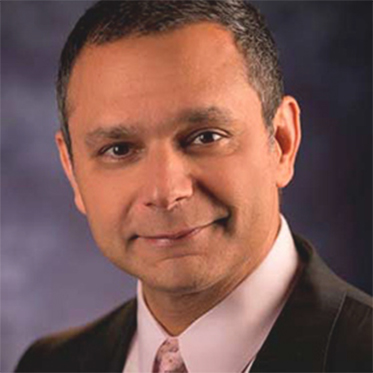

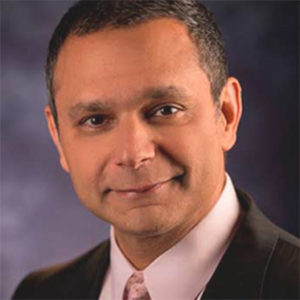 Dr. Kapadia originally hails from St. Catharines, Ontario, Canada where he earned his Bachelor of Arts degree from Brock University. He then went on to graduate with honors from the Michigan College of Optometry in 1998, where he specialized in contact lenses. After he graduated, Dr. Kapadia completed a one-year residency at the renowned Bascom Palmer Eye Institute in Miami, Florida, where he focused on ocular diseases.
Dr. Kapadia originally hails from St. Catharines, Ontario, Canada where he earned his Bachelor of Arts degree from Brock University. He then went on to graduate with honors from the Michigan College of Optometry in 1998, where he specialized in contact lenses. After he graduated, Dr. Kapadia completed a one-year residency at the renowned Bascom Palmer Eye Institute in Miami, Florida, where he focused on ocular diseases.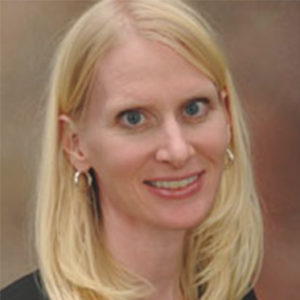 Dr. Kapadia graduated with honors from the Michigan College of Optometry in 1999, where she received the Wesley-Jessen award for Outstanding Work in Contact Lenses. During her studies, she also served as President of Student Volunteer Optometric Services to Humanity (SVOSH), which works to improve the sight of millions of people in developing countries.
Dr. Kapadia graduated with honors from the Michigan College of Optometry in 1999, where she received the Wesley-Jessen award for Outstanding Work in Contact Lenses. During her studies, she also served as President of Student Volunteer Optometric Services to Humanity (SVOSH), which works to improve the sight of millions of people in developing countries.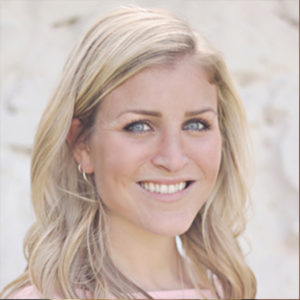 After growing up in Minersville, Pennsylvania, Dr. Price graduated from Susquehanna University in 2012 with a Bachelor’s Degree in Biology. Dr. Price continued her education at the Pennsylvania College of Optometry and completed her training in 2016. After graduation, Dr. Price spent her career studying advanced eye diseases and specialized Low Vision services and devices.
After growing up in Minersville, Pennsylvania, Dr. Price graduated from Susquehanna University in 2012 with a Bachelor’s Degree in Biology. Dr. Price continued her education at the Pennsylvania College of Optometry and completed her training in 2016. After graduation, Dr. Price spent her career studying advanced eye diseases and specialized Low Vision services and devices.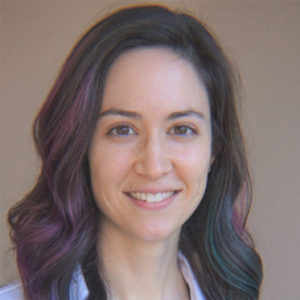 Dr. Morgan Kickliter grew up in Hendersonville, Tennessee.
Dr. Morgan Kickliter grew up in Hendersonville, Tennessee.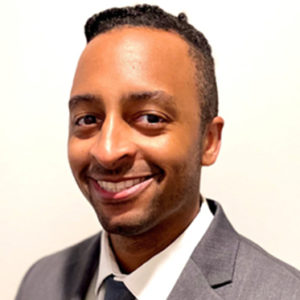 Dr. Phillips earned his Bachelor of Science in Chemistry at the University of Georgia before achieving his Doctor of Optometry from the Southern College of Optometry. There, he served as Vice President of the Georgia Optometric Student Association and provided free and cost-reduced optometric care to underserved patients in Mexico and Belize with the Student Volunteer Optometric Services to Humanity. He served his residency at Gainesville Eye Associates, focusing on ocular diseases.
Dr. Phillips earned his Bachelor of Science in Chemistry at the University of Georgia before achieving his Doctor of Optometry from the Southern College of Optometry. There, he served as Vice President of the Georgia Optometric Student Association and provided free and cost-reduced optometric care to underserved patients in Mexico and Belize with the Student Volunteer Optometric Services to Humanity. He served his residency at Gainesville Eye Associates, focusing on ocular diseases.